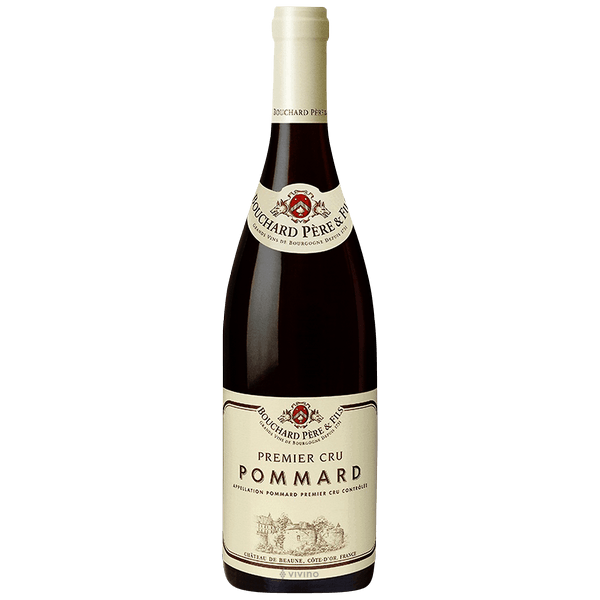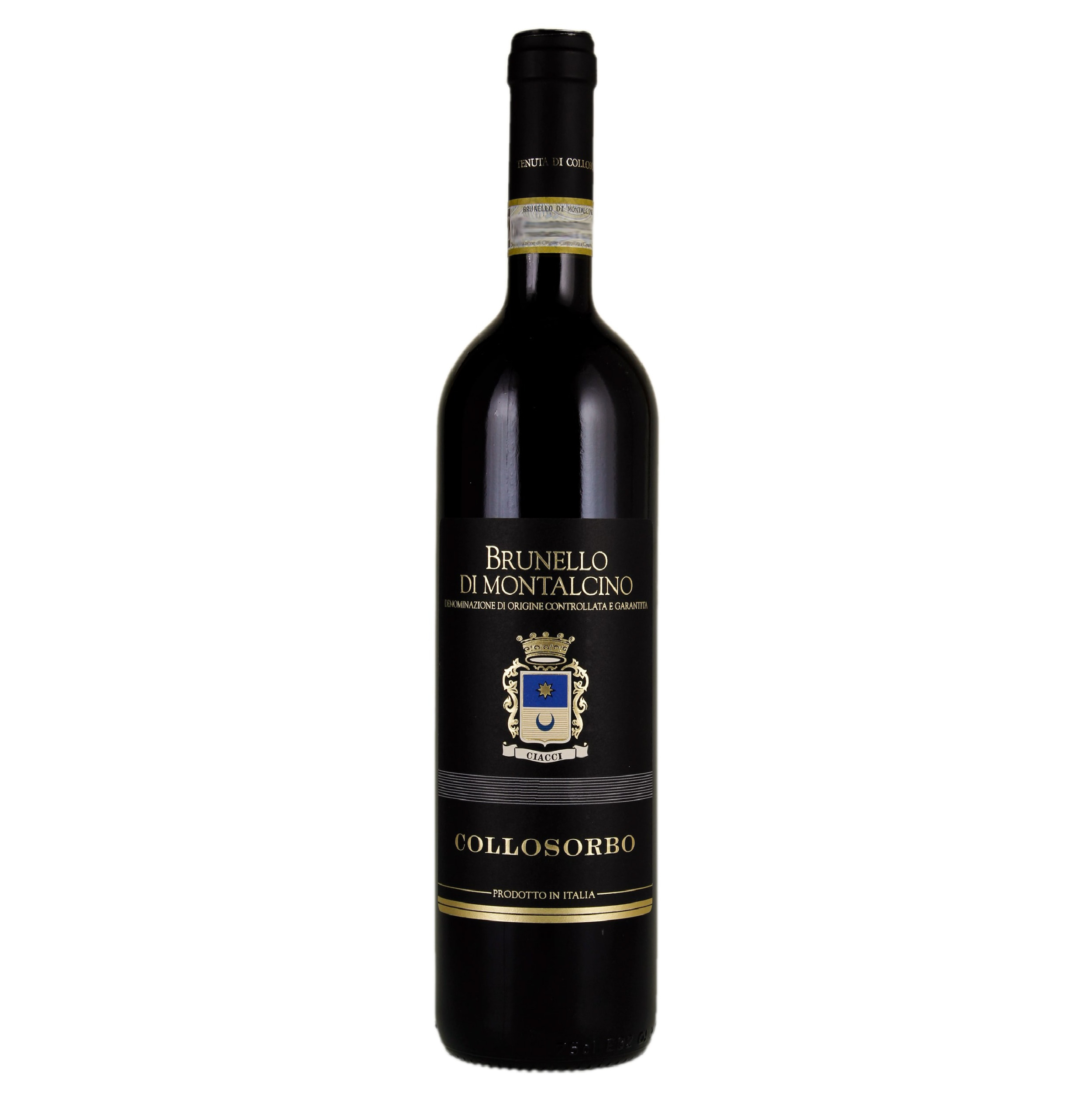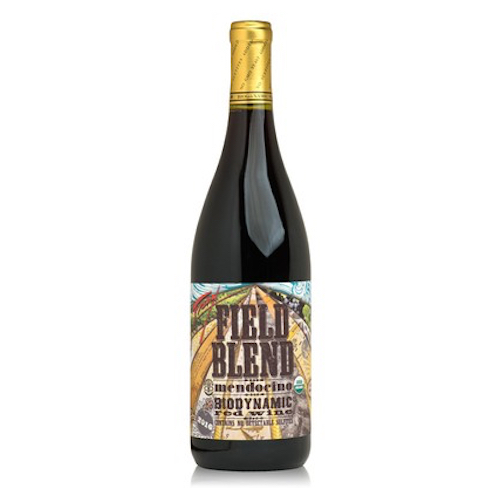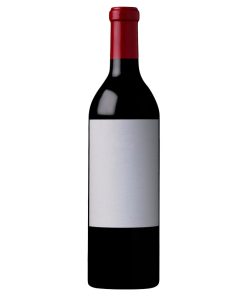2018 Bouchard Pere & Fils Pommard Premier Cru
2018 Bouchard Pere & Fils Pommard Premier Cru Fruit aromas combined with animal notes and an oaky touch on the nose. A rich, robust and intense wine with spicy and peppery notes, calling for a bit of patience to open up completely. Very good ageing potential. Pair with wild boar, venison and red meat in sauce.
93 Robert Parker: The 2018 Pommard 1er Cru Les Rugiens reveals an incipiently complex bouquet of cherries, red berries, licorice, espresso roast and forest floor. It has a medium to full-bodied and ripe but succulent palate that’s muscular and enveloping, with its generous core of fruit partially concealing a firm chassis of tannin. This, like the Pezerolles that preceded it, will demand some bottle age.
Pinot Noir
Pinot Noir is the dominant red wine grape of Burgundy, now adopted (and extensively studied) in wine regions all over the world. The variety’s elusive charm has carried it to all manner of vineyards. These extend from western Germany (as Spätburgunder) and northern Italy to Chile, South Africa, Australia, New Zealand and the USA. California, Oregon and New Zealand are arguably the greatest centers for the grape outside its home territory.
However great Pinot Noir is made in all of these territories. The essence of Pinot Noir wine is its aroma of red berries and cherry (fresh red cherries in lighter wines and stewed black cherries in weightier examples). Many of the more complex examples show hints of forest floor. Well-built Pinot Noirs, particularly from warmer harvests, suggest leather and violets, sometimes recalling Syrah. There are two theories regarding the Pinot name.
One is that it came about because their bunches are similar in shape to a pine cone (pinot in French). It may derive, however, from a place name in France such as Pinos or Pignols from where cuttings were obtained. Pignols in the Auvergne, for example, has cultivated Pinot since the Middle Ages. It was previously believed that Pinot Noir, Pinot Blanc, Pinot Gris, Pinot Meunier, Pinot Précoce (Frühburgunder) et al were members of a “”Pinot Family”” of distinct grape varieties. But DNA profiling has shown them to share the same genetic fingerprint. Thus, they should properly be considered as mutations or clones of a common variety.
Related products
2016 Nicolas Rossignol Volnay 1er Cru Santenots 2016 Nicolas Rossignol Volnay 1er Cru Santenots An extremely ripe yet not premature nose of menthol, plus liqueur and cassis aromas lead to very rich, indeed even opulent medium-bodied flavors that exude an abundance of palate coating dry extract on the velvety, powerful and coffee-infused finish of dramatic [...]
2020 Jean-Claude Bachelet Saint-Aubin 1er Cru Blanc 2020 Jean-Claude Bachelet Saint-Aubin 1er Cru Blanc Aromas of sweet orchard fruit, dried white flowers, beeswax and freshly baked bread preface the 2020 Saint-Aubin 1er Cru Charmois, a medium to full-bodied, satiny and precise wine with a bright core of fruit, lively acids and a long, saline finish. [...]
2021 Jean-Pierre Large Morgon Les Delys 2021 Jean-Pierre Large Morgon Les Delys is aromatic with plenty of fruit and freshness, no excess tannins in this 100% Gamay wine. Enhanced by the age of the vines and the depth of the vineyard soil, Jean-Pierre’s Morgon boasts darker, more robust flavors than your typical Beaujolais Cru, and [...]
Burgundy
2016 Domaine Armelle et Bernard Rion Nuits-Saint-Georges 1er Cru Marcel Heritage Vieilles Vignes
2016 Domaine Armelle et Bernard Rion Nuits-Saint-Georges 1er Cru Marcel Heritage Vieilles Vignes 2016 Domaine Armelle et Bernard Rion Nuits-Saint-Georges 1er Cru Marcel Heritage Vieilles Vignes is a powerful, rich and complex wine, which is very round in the mouth with a leather finish. This fruity wine in its first years will become hardier and [...]



